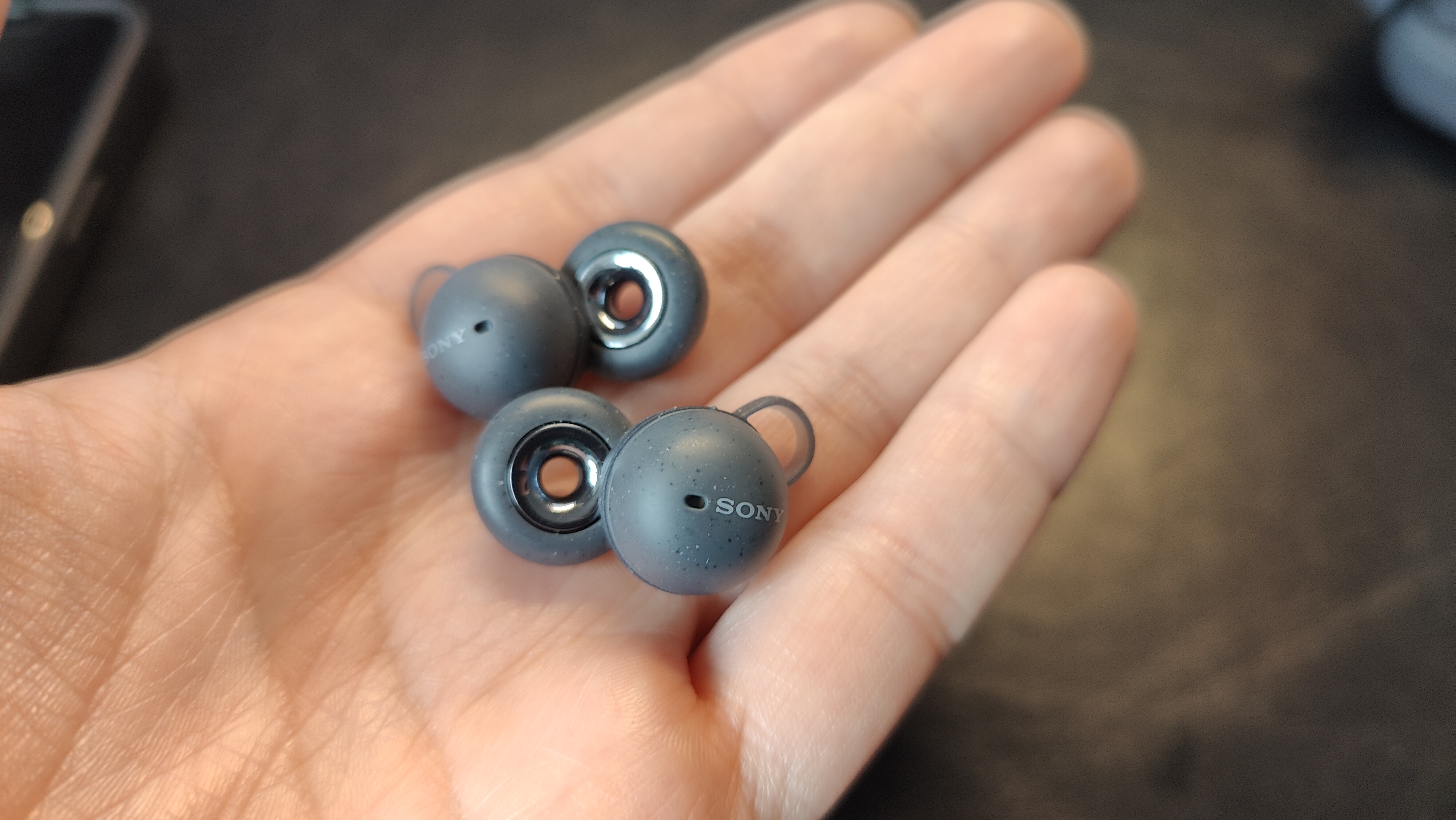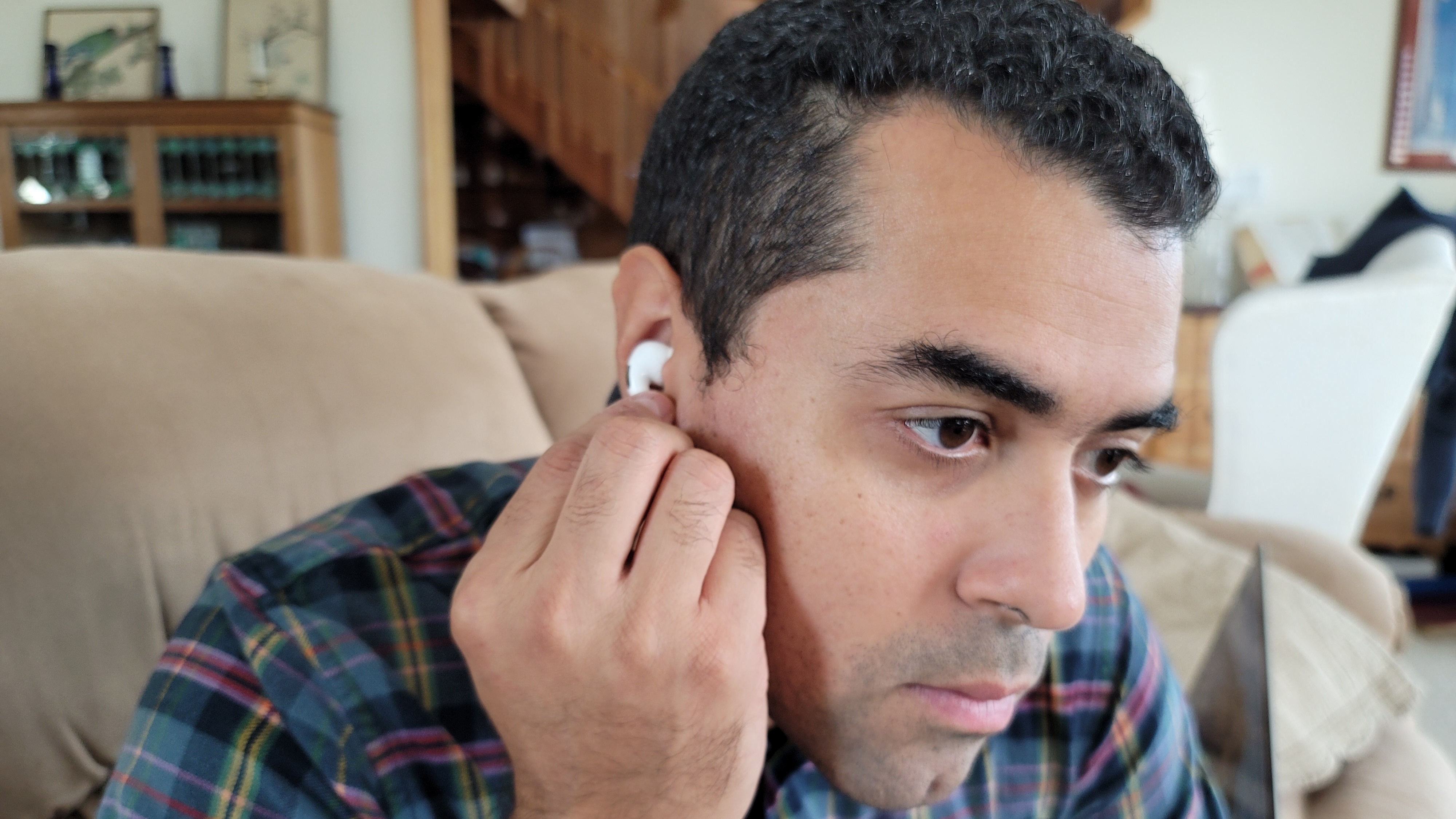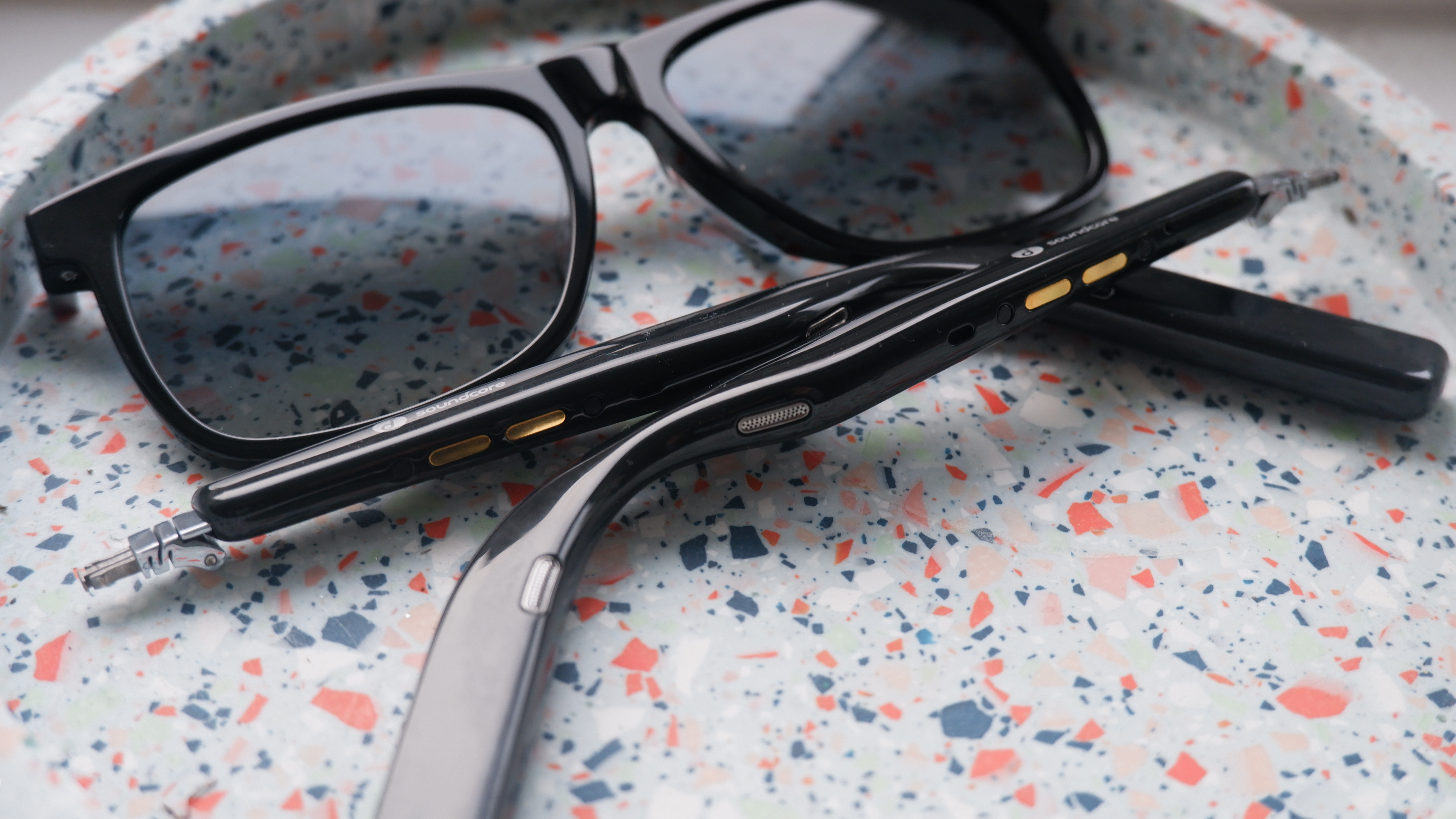Sorry, but open wireless earbuds are stupid – here’s why
Somebody had to say it

No one else is going to say it, so I will – open wireless earbuds are stupid. I get the concept. I also understand the need for wanting to bring something fresh and “innovative” to market. This ain’t it. Sorry.
There’s some confusion about what products fall into this category. A few people consider the standard AirPods to be open wireless earbuds because they’re designed to rest on the ear rather than insert like most traditional earbuds. Others also want to add bone-conducting headphones to the conversation; this style of headphone transfers sonic vibrations to the inner ear through your cheekbones.
OK, technically, they’re not wrong. But you don’t see Apple or any bone-conducting headphone brands labeling their models as such. It’s tech giants like Bose and Sony that are proudly representing the sub-category, despite the lackluster reception behind some of their latest unique on-ear creations.
Well, just because a handful of legacy audio brands are pushing hard to make something pop doesn’t make it essential, or revolutionary.
A singular-purpose product with many compromises

Open wireless earbuds were made to let you hear both music and your environment at the same time, without blocking your ear canals. The design basically serves one realistic purpose, which is increasing awareness of your surroundings, something that’s extremely relatable to outdoor adventurists, or nosy eavesdroppers. Are there any other legit uses? Not really.
Ideally, people want earbuds that let them hear music fully. An open-ear design doesn’t allow for that. After testing several models in numerous environments, it always felt like the world and what was currently playing on my smartphone would vie for my attention, clashing and never letting me hear music the way artists intended. The soundscape was often hindered by incidental noises. My sharp hearing only made listening experiences worse since I couldn’t hear the fine details or nuances in orchestral recordings.

That same performance carries over to call quality. Again, you’re going to hear everything around you because of the design. Being in a completely quiet setting is the only way to achieve loud, clear-sounding voice and video calls, and that’s only if your open wireless earbuds have strong mics. Otherwise, ambient noises interfere at a high level. Then you have to worry about natural obstructors like wind. Standard wireless earbuds provide some passive noise reduction. Open wireless earbuds don’t, meaning wind will enter your ears freely and hit the mics, creating uncomfortable whisking effects that may harm your hearing.
Sign up to receive The Snapshot, a free special dispatch from Laptop Mag, in your inbox.
Two other performance flaws that require attention are battery life and special features. Most models in this category offer mediocre playtimes and few extras, except for the Sony LinkBuds.
Isn’t a transparency mode just as effective?

A well-engineered transparency mode can create the same effect as a pair of open wireless earbuds. I’ve even tested wireless earbuds that produce louder and clearer ambient results.
This means you’ll likely have to settle for buds that insert in your ears, though wireless danglers like the AirPods 3 grant you decent ambient listening when enabling the Live Listen feature to use the iPhone mic for picking up external sounds. High-end options like the Sony WF-1000XM4 come with 20 levels of adjustable ambient noise, which is ridiculously powerful and captures noises from several blocks away.

The mics installed in wireless earbuds open wide to pick up what’s happening around you, whereas open wireless earbuds rely mostly on their design to let noises in naturally. High frequencies like ambulance sirens and crying babies sound louder and more transparent on wireless earbuds. An open-ear model will let you hear external sounds as well, but the further the noise, the less discernible it is.
Not only that, but a great transparency mode won’t hinder sound quality either. You can still enjoy full audio output and audibly monitor your surroundings.
Bluetooth audio eyewear is just as good…or bad

If you’re going all in on gimmicky audio wearables, you might as well give audio sunglasses a shot. They’re more stylish and practical for outdoor use. Sound quality is comparable to open earbuds. The only difference is they have speakers and mics built into the frames, playing sound in your personal space without covering your ears, while also protecting your eyesight.

Top tech brands like Amazon, Anker, Bose, and Razer have all jumped on this bandwagon, along with fashion accessory staples like Ray-Ban. The reviews will tell you Bluetooth audio glasses aren’t game changers. There’s also the significant compromise of audio versus style; Bose sells chunkier shades with acceptable sound and Ray-Ban sells more attractive frames with poor audio.
You can read Laptop Magazine’s review of the Anker Soundcore Frames to get a feel for audio eyewear.
Outlook – Avoid open wireless earbuds entirely and buy elite noise-cancelling earbuds
The wireless audio industry is moving too fast for its own good. Truly wireless earbuds are as popular as they’ve ever been and continue to evolve. Yet some manufacturers feel compelled or pressured to create the next big category rather than refine their creations in the current audio landscape.
- Get the Bose QuietComfort Earbuds 2 for $299 at Amazon
- Get the AirPods Pro 2 for $249 at Amazon
- Get the Sennheiser Momentum True Wireless 3 for $249 at Amazon
- Get the Sony LinkBuds S for $199 at Amazon
It’s easy to glance at the Sony LinkBuds and say, yes, these look freaking awesome and like something out of a sci-fi film. Then again, they look like a concept that sat in Sony’s labs for years and were pushed to market as an experimental launch for building buzz around the company’s true wireless future. Sony gets props for stuffing so many of their proprietary technologies into a quarter-sized design. But if you’re asking whether to drop $180 on these or the $199 LinkBuds S, an amazing successor and redo done right, then I’m going with the latter all day. Or the Bose QuietComfort Earbuds 2. Or the Sony WF-1000XM4. Or the AirPods Pro 2. Feel me?
These are all models that get you more value and performance for your money. So, simply put, ignore open wireless earbuds entirely and purchase noise-cancelling earbuds.
- The best noise-cancelling headphones for every budget and occasion
- Check out the best cheap noise-cancelling headphones: $100 or under
Alex Bracetti writes about all things related to audio at Laptop Mag. From insightful reviews of Sony earbuds to hands-on experience with the Beats Studio Pro, Alex covers everything you need to know in order to buy the best pair of headphones or earbuds. Alex has also written about speakers and audio apps. Outside of Laptop Mag, Alex's work has appeared in our sister site Tom's Guide.
